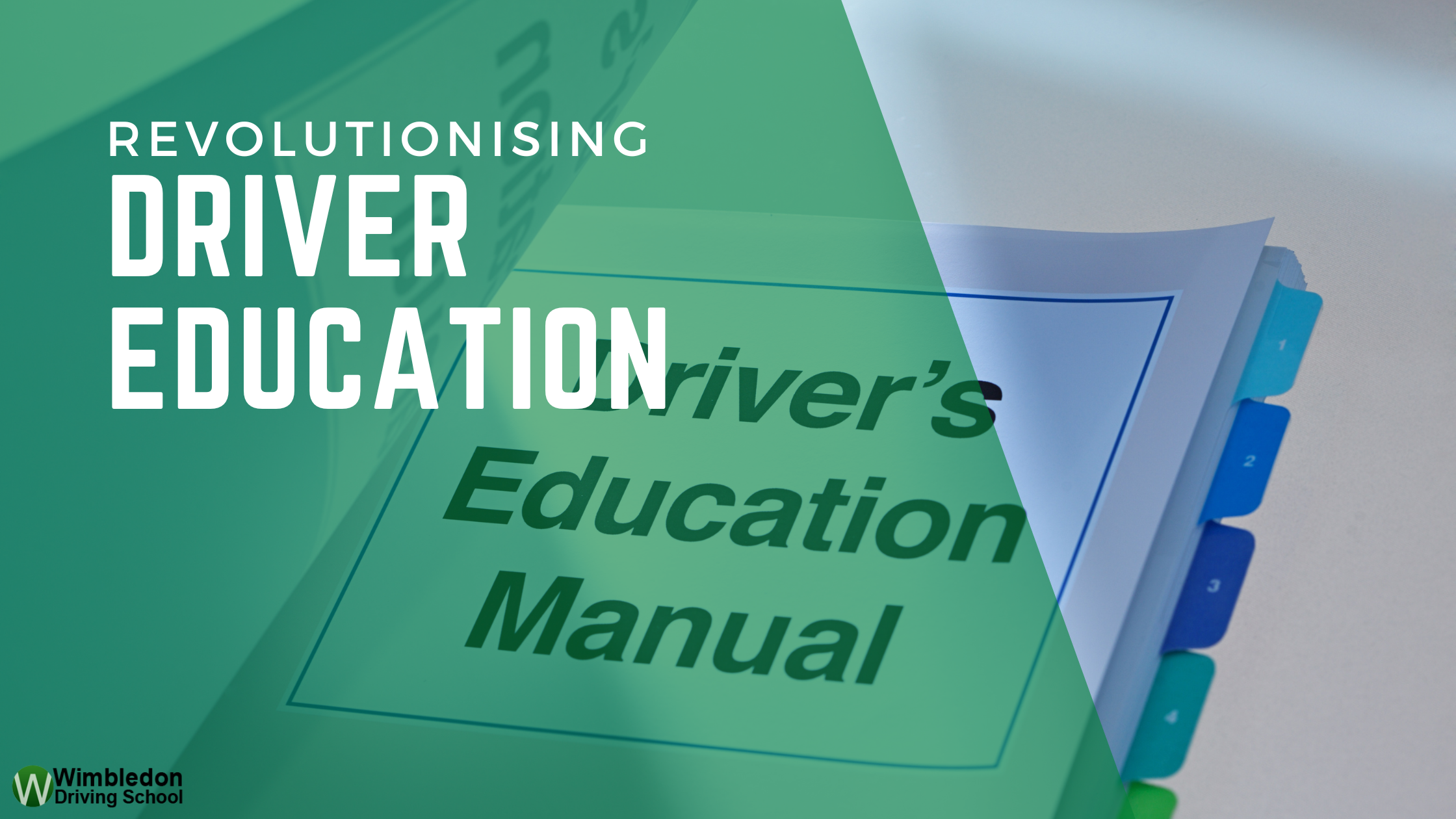Revolutionise Your Driver Education: The Surprising Benefits of Coaching Over Traditional Teaching
“Education is not the filling of a pail, but the lighting of a fire.” — W. B. Yeats
Coaching vs Traditional Teaching: What is the Difference and Why Does it Matter in Driver Education?
As a learner driver, you might be wondering what the difference is between coaching and traditional teaching and how each approach can impact your driver education.
In this article, we will explore the differences between coaching and traditional teaching and the benefits and limitations of using a coaching approach in driver education.
Defining Coaching and Traditional Teaching
Coaching is a learner-centric approach that prioritises the development of a person’s potential and performance, rather than simply teaching them. At the core of coaching lies a collaborative process of feedback and support that assists learners in achieving their goals.
According to Sir John Whitmore, a notable figure in the coaching industry, coaching is “helping people to learn rather than teaching them” by unlocking their full potential to maximise their performance.
Unlike traditional teaching, which is teacher-centric, coaching fosters an equal partnership between the coach and the learner.
The coach is considered a facilitator rather than an authoritative figure, providing guidance and support to help learners reach their goals. This collaborative approach empowers the learner to take an active role in their own learning and development.
While traditional teaching can be effective in certain settings, it often relies on a hierarchical relationship between the teacher and the learner, where the teacher is the authoritative figure and the learner is a passive recipient of knowledge.
In contrast, coaching prioritises the establishment of an equal partnership between the coach and the learner, encouraging the learner’s autonomy and creativity.
Examples and Statistics of the Effectiveness of Coaching in Driver Education
Coaching has been recognised as an effective approach for creating long-term changes in individuals, including in the driver training industry.
Effective coaching has been shown to change brain activity, resulting in improved performance and outcomes (#1). In driver training, coaching has proven to reduce accidents, resulting in significant financial benefits for organisations, as well as benefits for instructors (#3). Coaching is a vital aspect of driver training qualifications, with the Tri-Coaching Partnership emphasising coaching over instruction (#4, #5).
The efficacy of coaching in creating positive changes in individuals has been widely recognised, including in sports coaching (#6, #7). Long-term impacts of coaching have been found to be positive, with the benefits of coaching being evident for an extended period (#2). In conclusion, coaching is an effective approach to creating long-lasting change and improved outcomes in the driver training industry, resulting in a range of benefits for individuals, organisations, and instructors (#1-7).
Limitations and Challenges of Coaching in Driver Education
One potential limitation of coaching in driver education is the cost and availability of coaching services. Instructors versed in coaching techniques might charge higher tuition fees, which may limit access for some learners.
Additionally, not all driving instructors are trained in coaching techniques, which can make it challenging for learners to find a coach who can effectively apply a coaching-based approach to their driver education.
Another potential challenge is that coaching requires a certain level of self-motivation and engagement from learners.
Coaching is a collaborative process that relies on the learner to take an active role in their learning and development. Learners who are not fully committed to the coaching process may not experience the full benefits of coaching.
Learning to drive for the first time is associated with significant risks on the road, and therefore a completely non-directive coaching approach may not be the safest or most effective option for beginner drivers.
In the early stages of learning, instructors might need to provide considerably more input to control that risk.
A blended approach that combines both coaching and instruction would be a more suitable approach for new drivers. This approach can help to ensure that learners are equipped with the necessary abilities to avoid accidents and make good decisions on the road.
Coaching-Based Driver Education: How the HERMES Project Is Creating Safe Roads and Skilled Drivers Across Europe
The Hermes report introduced coaching ideas into driver education across Europe, emphasising the need for a structured coaching approach that prioritised the learner’s needs and focused on long-term behaviour change.
The report aimed to improve road safety and reduce the number of accidents in Europe by promoting a common framework for driver education that covered not just the technical aspects of driving but also the social and psychological factors that affect driving behaviour.
By advocating for a more holistic approach to driver education, the report helped to establish a common framework for driver education across Europe and promote the use of coaching in driver education.
Why Coaching Works: The Psychological Theories Behind Coaching in Driver Education
Coaching in driver education reflects broader psychological theories that underpin effective learning and development. Self-determination theory emphasises the importance of autonomy, competence, and relatedness in motivation.
Coaching takes a learner-centred approach that emphasises the importance of autonomy and encourages learners to take responsibility for their learning and development.
Social cognitive theory emphasises the importance of observational learning, where individuals learn by observing and imitating the behaviour of others.
Coaching can help learners observe and model the behaviours they need to adopt to become safe and sustainable drivers, providing them with a positive, strengths-based approach to learning and development.
In addition to these psychological theories, there is also evidence to suggest that coaching can lead to changes in brain function and structure, as discussed earlier in this article.
Conclusion
This article explores the differences between coaching and traditional teaching in driver education, and the benefits and limitations of using a coaching approach. Coaching is a learner-centric approach that focuses on developing learners’ potential and performance, emphasising collaboration, feedback, and support.
In contrast, traditional teaching is teacher-centric and tends to rely on a hierarchical relationship between the teacher and the learner. Coaching has been shown to be effective in creating long-term changes in individuals, reducing accidents, and promoting a positive, strengths-based approach to learning and development.
The HERMES project has successfully introduced coaching into driver education across Europe, emphasising a structured coaching approach that covers not just technical aspects but also social and psychological factors that affect driving behaviour.
However, coaching can present challenges such as cost and self-motivation requirements, and not all driving instructors are trained in coaching techniques.
Coaching reflects broader psychological theories of effective learning and development, including self-determination and observational learning, and can lead to changes in brain function and structure.
By adopting a coaching-based approach, learners can become safe and sustainable drivers with long-lasting changes in their behaviour and performance.
References
-
- 1. Positive coaching changes brain activity: Greater Good Magazine https://greatergood.berkeley.edu/article/item/the_neuroscience_of_good_coaching
- 2. Long-term impact of coaching: Emmott, E. H. (2021) https://www.emerald.com/insight/content/doi/10.1108/OMJ-08-2021-1331/full/html
- 3. Effect of driver coaching on the bottom line: DriveTech. (2020) https://www.drivetech.co.uk/police-referred-courses/wp-content/uploads/2020/07/Whitepaper-The-effect-of-driver-coaching-on-the-bottom-line.pdf
- 4. Coaching and driver training qualifications: Tri-Coaching Partnership https://www.tri-coachingpartnership.com/bteclevel4.html
- 5. Coaching and instruction in driver education: Tri-Coaching Partnership https://www.tri-coachingpartnership.com/gdecoachingvinstruction.html
- 6. Efficacy of coaching: Grant, A. M. (2017) https://www.researchgate.net/publication/300845383_The_Efficacy_of_Coaching
- 7. Coaching efficacy in sports: Feltz, D. L., Short, S. E., & Sullivan, P. J. (2008) https://psychology.iresearchnet.com/sports-psychology/sport-leadership/coaching-efficacy/




